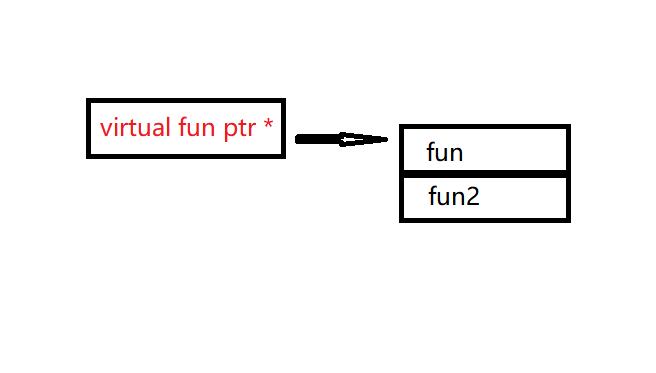sizeof(struct)是多少
Contact me
- Blog -> https://cugtyt.github.io/blog/index
- Email -> cugtyt@qq.com
- GitHub -> Cugtyt@GitHub
C++代码:
#include <iostream>
struct Test {};
int main()
{
Test t;
std::cout << sizeof(t);
}
运行(64位系统)结果是多少?1,为什么?C++为了标志一个空的类,让空的类依旧有1个字节的空间,这样当我们写这个类的数组的时候,就不会出现长度为0的情况了。
但是如果你运行C代码:
#include <stdio.h>
struct Test {};
int main() {
struct Test t;
printf("%d", sizeof(t));
}
结果是多少?0,为什么?C没有为空的结构体标志为1,直接是0,那么我们就发现:
struct Test t[3];
的长度是0。非常有趣,这也是C和C++的一个区别。
我们继续探究C++:
include <iostream>
struct Test {
char c;
int i;
};
int main()
{
Test t;
std::cout << sizeof(t);
}
结果是多少?8,为什么?这是因为内存对齐,可以参考这篇文章。

#include <iostream>
struct Test {
void fun() {};
};
int main()
{
Test t;
std::cout << sizeof(t);
}
结果是多少?1,为什么?普通函数和类不放在一起,因此类里面的普通函数不占类的空间。
为啥说普通函数,看这个:
#include <iostream>
struct Test {
virtual void fun() {};
virtual void fun2() {};
};
int main()
{
Test t;
std::cout << sizeof(t);
}
结果是多少?8,为什么?这个函数是虚函数,不是普通函数,因此占内存一个指针的长度。因为是64位,所以是8个字节的指针。

#include <iostream>
struct Test {
static int i;
};
int main()
{
Test t;
std::cout << sizeof(t);
}
结果是多少?1,为什么?静态成员和类不在一起,所以也不占类的空间。